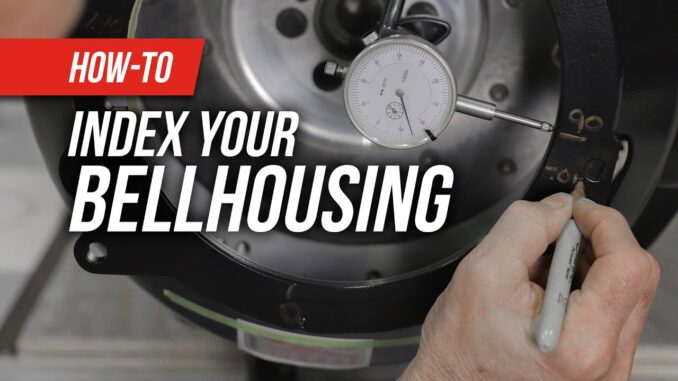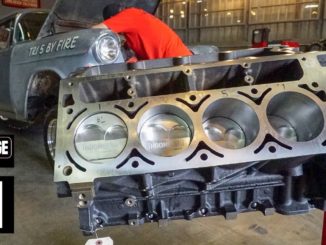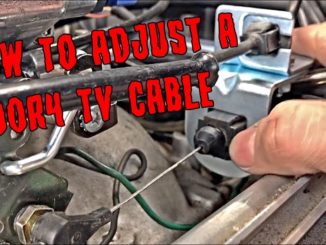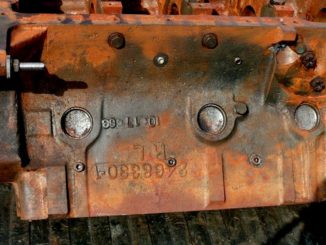
One of the most misunderstood and often overlooked parts of mating your engine and transmission together is the requirement to index the bellhousing to the back of the engine properly. This alignment procedure allows for better shifting and can prolong the life of the transmission and the pilot bearing.
While most bell housings will fall well within the allowable limits which are typically around 0.005 (five thousandths), it’s always a good idea to check the runout on any bell housing when installing it on a new engine.
Why You Should Index Your Bellhousing
Indexing your bell housing can help prevent premature pilot and input shaft bearing failure. It can also improve the shifting characteristics of your transmission by eliminating excessive side loads on the input shaft. Misalignment can also cause a premature failure of the hub on your clutch disc and best of all, taking the extra time to index your bell housing can actually even free up some extra horsepower.
Follow along as Jeremy Stoermer from Holley shows you the steps required to properly bring your engine and bellhousing together:
- Intro ~ 0:00
- Inspecting Mating Surfaces ~ 1:02
- Mounting Dial Indicator ~ 2:37
- Initial Markings ~ 4:14
- Offset Direction ~ 5:35
- Installing Offset Dowel Pins ~ 6:39
- Re-Indexing Bellhousing ~ 7:26
- Checking Bellhousing Parallel ~ 8:15
Helpful Accessories From Holley
Both Quick Time and Lakewood offer offset dowel pins in multiple designs to help you correct bell housing misalignment on most vehicles.




